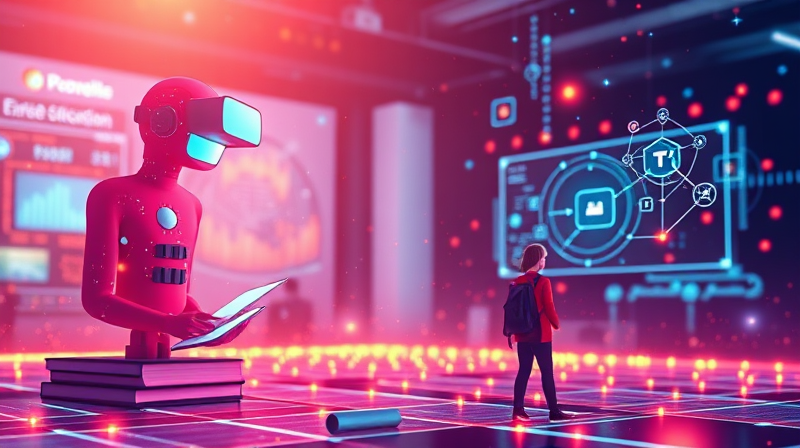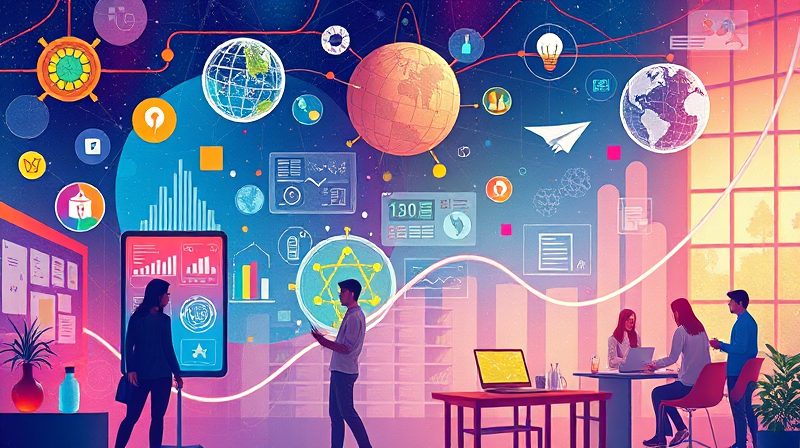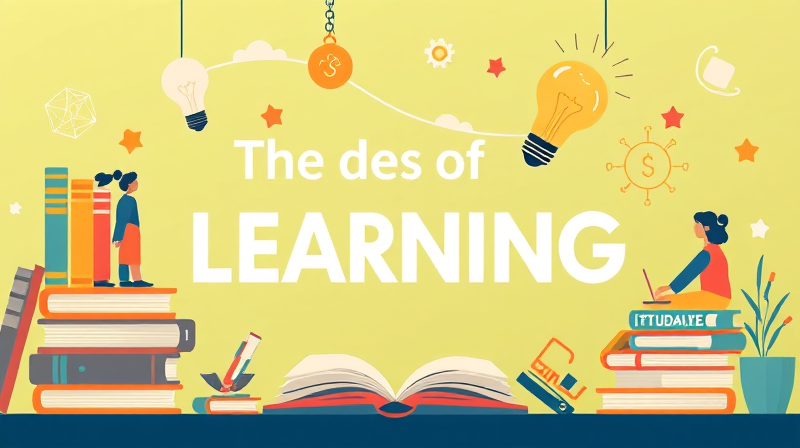In a world where digital innovation shapes almost every facet of life, education is no exception. With the rapid advancement of technology, students are now presented with a myriad of tools that transform traditional learning into an exciting, interactive adventure. Digital tools offer a unique power to tailor educational experiences and create environments where every learner can thrive.
This article explores the modern digital strategies that are revolutionizing the study process. By understanding and integrating these tools, both educators and students can embark on a journey toward a more effective and engaging learning experience.
AI-Powered Personalization
Artificial intelligence is at the heart of this educational transformation. With platforms harnessing the capabilities of AI, learning has evolved from one-size-fits-all to a personalized experience. AI-powered platforms are designed to analyze student data and adapt learning materials to meet individual needs. Tools like Squirrel AI and Thinkster not only assess a student's current understanding but also predict their future needs, ensuring each learner receives targeted support.
This personalized method creates an environment where progress is monitored and built upon every step of the way. The concept of customized study paths means that no two learning journeys are alike, and every student can excel at their own pace.
Immersive Learning with Extended Reality
Extended reality is another breakthrough that has redefined interactive learning. This technology, which includes augmented reality (AR), virtual reality (VR), and mixed reality (MR), allows for immersive experiences that catapult students beyond textbooks and lectures. Immersive learning through XR makes it possible to experience environments and scenarios that previously existed only in imagination.
- Virtual field trips using platforms such as Google Expeditions transport students to historic landmarks and museums without leaving the classroom.
- Engaging VR labs like those provided by Labster enable hands-on STEM experiments, offering practical experience without the expenses associated with physical equipment.
- Tools like Interplay Learning open new avenues for practical skill training, such as HVAC repair, in a risk-free, virtual environment.
These XR experiences are not merely about visual stimulation; they enhance comprehension and retention by immersing students directly into the learning process.
Microlearning and Bite-Sized Content
The concept of microlearning is rapidly gaining popularity, especially among Generation Z. This intelligent approach focuses on delivering content in small, digestible segments that match shorter attention spans and busy schedules. Bite-sized lessons empower students to grasp complex topics bit by bit, without feeling overwhelmed.
Platforms like Duolingo, celebrated for its concise and effective language lessons, exemplify how microlearning creates an efficient educational rhythm. By breaking down vast subjects into focused moments, students accumulate knowledge steadily, making study not only more digestible but also more enjoyable.
Interactive Content Creation and Collaborative Learning
Engagement is further heightened when students actively participate in creating content. Tools such as EdisonOS allow educators to build interactive and rich learning environments. Interactive content creation is a game changer because it transforms passive receivers of information into active participants.
- Features like gamified assessments infuse competitive spirit and excitement into lessons.
- Real-time analytics track progress, providing immediate feedback and avenues for improvement.
- Community-building elements foster collaborative learning, where students engage, discuss, and solve problems together.
Collaboration goes beyond solitary study methods. Platforms like Parlay and similar systems facilitate peer-to-peer learning, enabling educators to monitor participation, analyze responses, and offer feedback in real time. Collaborative learning builds a community of shared insights and supportive interactions.
AI-Assisted Study Aids and Accessibility
As education becomes increasingly digitized, accessibility remains a top priority. AI-assisted study aids, such as NotebookLM by Google, offer students the tools to easily compile, analyze, and assimilate information from diverse sources. Whether materials are drawn from PDFs, websites, or videos, these digital notebooks help in crafting intuitive study guides and summaries.
Accessibility is further enhanced with tools like Read&Write, which provide text-to-speech, speech-to-text transcription, and other features designed to accommodate all learners. These universal design principles ensure that every student, regardless of learning differences or disabilities, can access and enjoy high-quality educational content.
Innovative digital learning environments are continuously evolving. By integrating these digital tools into routine study practices, educators and students are not only enhancing academic performance but are also fostering an environment of lifelong learning. By embracing technology in education, the learning landscape transforms into a vibrant ecosystem where every challenge is an opportunity and every lesson a step towards empowerment.
Ultimately, the synergy between rapid technological advancements and educational innovation creates a more engaging, personalized, and enriching journey. The continual development of digital tools opens doors to unprecedented methods of learning that are interactive, insightful, and inspiring, driving academic success in ways that traditional methods could never achieve.
In a forward-thinking world, the integration of digital tools into learning processes symbolizes not only technological progress but also a commitment to nurturing an environment where every student can aspire to greatness and achieve remarkable academic success.








